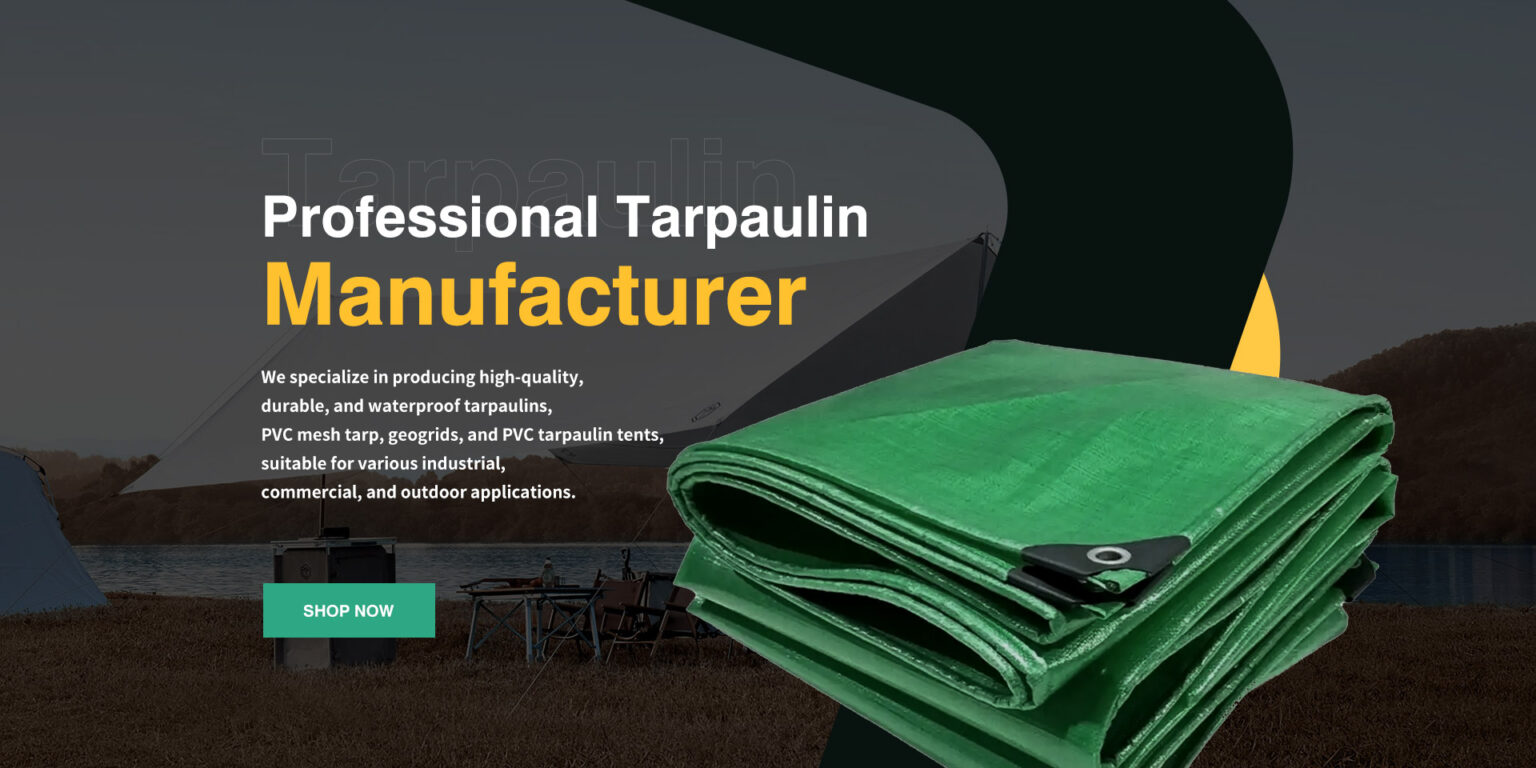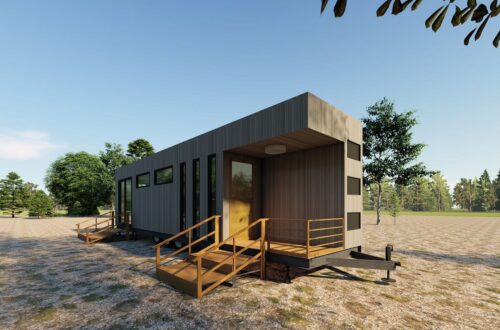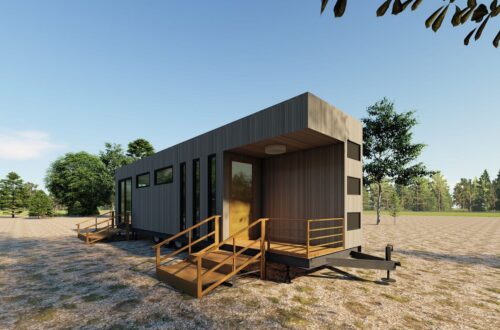Waterproof Tarpaulin for Outdoor Protection

# Waterproof Tarpaulin for Outdoor Protection
## Introduction to Waterproof Tarpaulin
When it comes to outdoor protection, few materials are as versatile and reliable as waterproof tarpaulin. Commonly referred to as “tarp,” this durable fabric has become an essential item for campers, construction workers, farmers, and homeowners alike. Its ability to withstand harsh weather conditions while providing excellent coverage makes it indispensable for numerous applications.
## The Composition of Waterproof Tarpaulin
Keyword: tarpaulin
Modern waterproof tarpaulins are typically made from polyethylene (PE), polyvinyl chloride (PVC), or canvas materials coated with waterproofing agents. These materials are chosen for their:
– High tensile strength
– Tear resistance
– UV protection
– Water repellency
– Flexibility in various temperatures
The material composition directly affects the tarp’s durability, weight, and suitability for specific applications.
## Key Features of Quality Waterproof Tarpaulins
Not all tarps are created equal. High-quality waterproof tarpaulins should possess several important characteristics:
### 1. Waterproof Rating
The best tarps feature a waterproof rating measured in millimeters (mm) of water pressure they can withstand before leaking. For heavy-duty applications, look for tarps with at least 1000mm waterproof rating.
### 2. Reinforced Edges and Grommets
Quality tarps have:
– Double-stitched or heat-sealed hems
– Rust-resistant metal grommets spaced every 18-24 inches
– Reinforced corners for added strength
### 3. UV Resistance
For outdoor use, UV-resistant coatings are crucial to prevent degradation from sunlight exposure. Look for tarps with UV inhibitors that provide protection for extended periods.
## Common Applications of Waterproof Tarpaulin
The versatility of waterproof tarps makes them useful in countless scenarios:
### Outdoor and Camping Uses
– Tent footprints and ground covers
– Emergency shelters
– Canopy and shade structures
– Picnic table covers
### Construction and Industrial Applications
– Material protection on job sites
– Temporary roofing
– Debris containment
– Equipment covers
### Agricultural Uses
– Hay and crop protection
– Livestock shelter
– Greenhouse covers
– Pond liners
## Choosing the Right Waterproof Tarpaulin
Selecting the appropriate tarp depends on several factors:
### Size Considerations
Measure the area you need to cover and add extra length for proper overlap and securing. Common sizes range from small 5’x7′ tarps to large 20’x30′ industrial covers.
### Thickness and Durability
Tarp thickness is measured in mils (1 mil = 0.001 inch). For reference:
– 5-6 mil: Light duty (temporary use)
– 10-12 mil: Medium duty (seasonal use)
– 16+ mil: Heavy duty (long-term industrial use)
### Color Options
Different colors serve various purposes:
– Blue: General purpose
– Silver: Reflects sunlight
– Green/Camo: Blends with nature
– White: Lightweight and translucent
– Black: Blocks light completely
## Maintenance and Care Tips
Proper care extends the life of your waterproof tarpaulin:
– Clean with mild soap and water
– Allow to dry completely before folding
– Store in a cool, dry place away from direct sunlight when not in use
– Inspect regularly for tears or weakened areas
– Repair small holes with tarp tape or patches
## Environmental Considerations
Many modern tarps are made from recyclable materials. When your tarp reaches the end of its usable life:
– Check local recycling programs
– Repurpose for less demanding tasks
– Consider biodegradable options for certain applications
## Conclusion
Waterproof tarpaulin remains one of the most practical and cost-effective solutions for outdoor protection needs. Whether you’re covering firewood, protecting construction materials, or creating a temporary shelter, investing in


